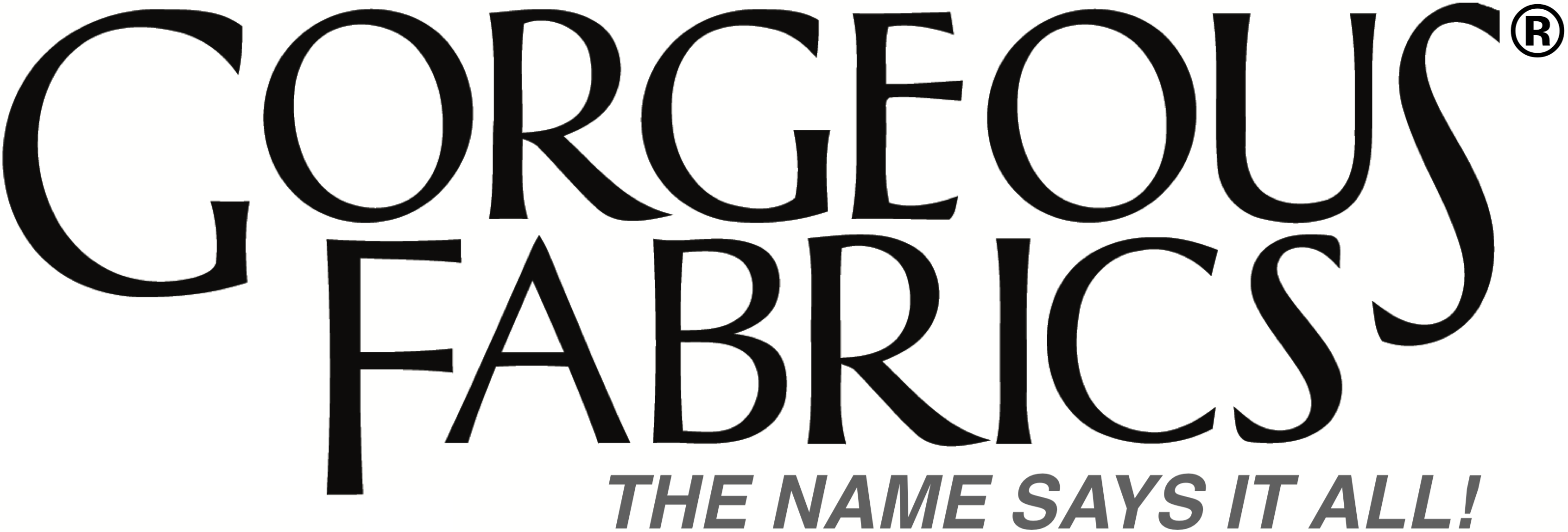Tis the season! This year, it seems like sequins are everywhere. I don’t work too often with sequined fabrics; my lifestyle doesn’t call for them with any regularity. But I do love them so! The bling appeals to the Jamaica Plain girl in me, and there is nothing like walking across a stage, or across a room, and having the light catch just so on the sequins. Swoon!
Sequined fabrics can be a hard sell. Customers have told me in the past that they find them intimidating. They also can be tricky to work with. In the olden days, sequins were made of hard plastic or glass, and would break most needles if you sewed through them. These days though, the plastic used for sequins (usually mylar) is more pliable and you can sew through it. So here are a few practical tips for working with this type of fabric…
1 – Work in an area without carpeting
The upside of sequins? Glamour! The downside? Your work area will look like a unicorn farted all over it. If you can work in an area with tiled or hardwood floors, you will have a much easier time cleaning up afterward. There will be little sequin shards everywhere.
 Fortunately, unicorn farts vacuum up readily. But because of those shards…
Fortunately, unicorn farts vacuum up readily. But because of those shards…
2 – Wear safety glasses
It’s true in woodworking; it’s true when working with beaded or sequined fabrics. Pieces of sequins can go flying if you cut them with scissors or stitch through them with your sewing machine or serger. Don’t take a chance. Wear safety glasses. Cheater glasses will do the trick in most cases, too.
3 - Make a full-size pattern piece and use a single layer layout

Trust me, this will make your life so much easier. It is much less work and hassle in the long run to make a full-sized pattern piece. You can get the layout just right, you don’t have to worry about sequins catching on each other or the fabric sliding around. The few extra minutes it takes are well worth it.
4 - Use painters tape or masking tape to mark notches, darts etc.
I’ve done a blog post on this before, and it is really handy for sequined fabrics. For delicate fabric I prefer painters tape to masking tape. It comes off easier.
5 - Secure your seam allowances after cutting
That’s what I’m doing in the picture of the safety glasses above. After cutting out each piece, run a line of stitching just inside the seam allowance. I use a stitch length of 2.5mm or 3mm. This will keep your sequins from coming off while you work. If you have an area, like say, a pleated back drape, where you’ll be sewing through several layers, you can pull the sequins out of the seam allowance before you sew, thus avoiding needle breakage.
6 – Use a soft knit to bind exposed seam allowances
The dress I in these examples is lined, except for the sleeves. I’ve owned sequined dresses that had the seams bound with organza. I find that very itchy – the sequins poke through the organza. So I prefer to bind the edges with a soft knit. An ITY or cotton jersey will do fine. It is much softer against the skin, and you can use scraps from other projects.
I realize that the tips I’m giving you here are not couture. I know that some folks will say, “But, Ann – you’re supposed to remove the sequins beyond the seam allowances into the garment, stitch your seams and then hand sew the sequins back on along the seams!”
I know, so sue me. Let’s face it – we’ll know it’s a bit of a cheat, but 99% of the world won’t. And besides, if anyone gets close enough to you to examine your seams for couture techniques, you have the right to slap them.
I hope those tips take some of the fear factor of working with sequins away for you. It really is a fun fabric to sew with, and heaven knows the results are stunning. So go get your glitter on and have fun with it!
Happy sewing!
Ann



